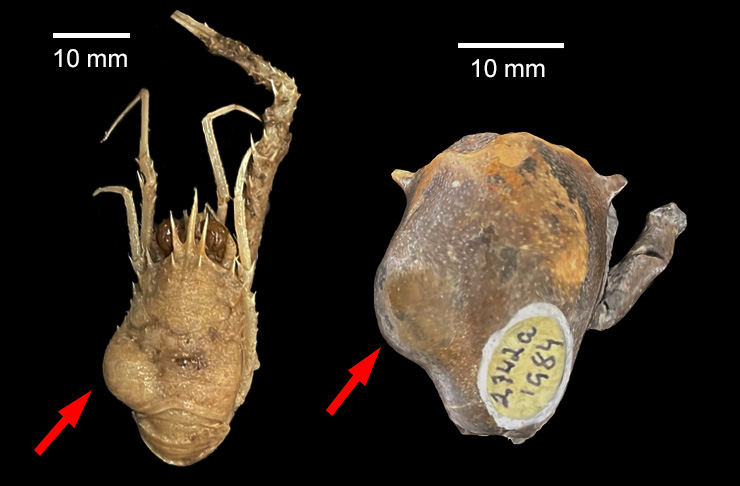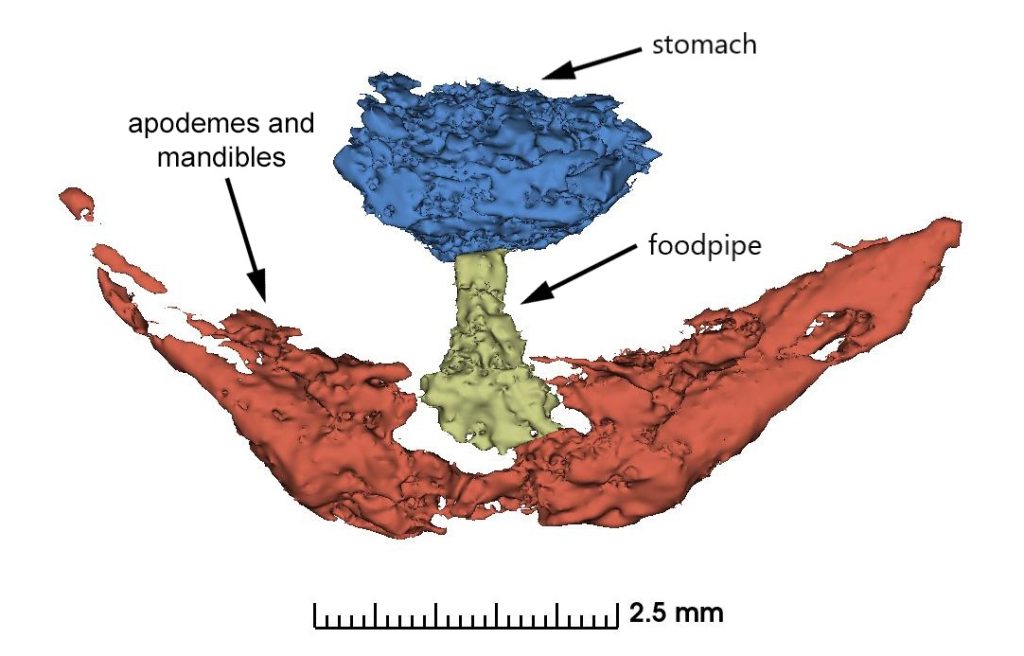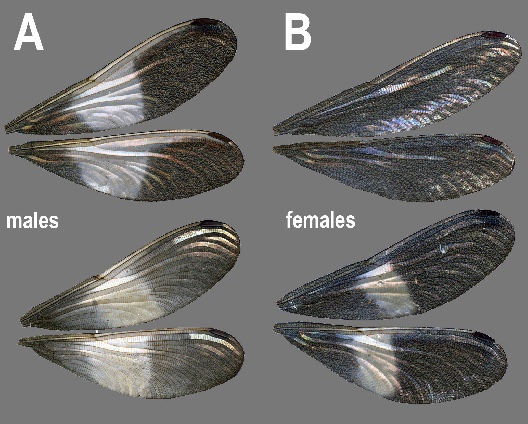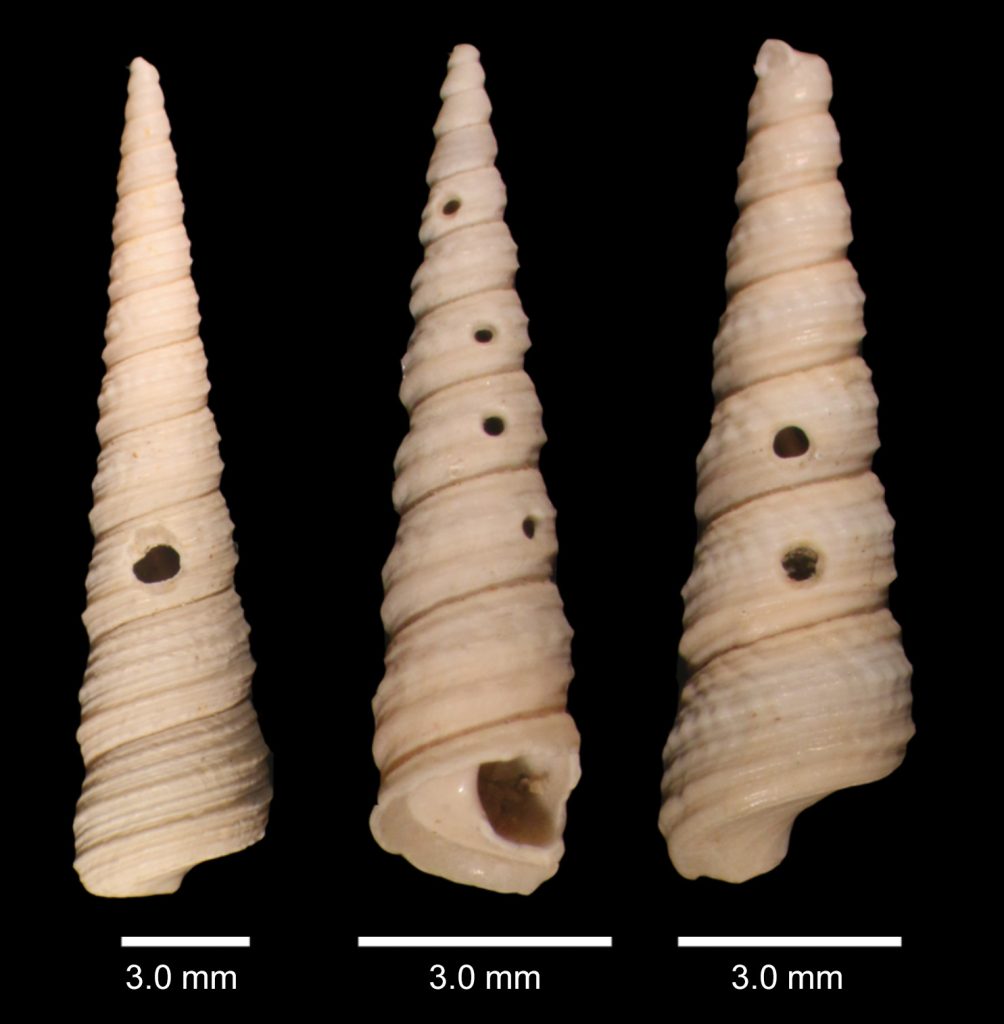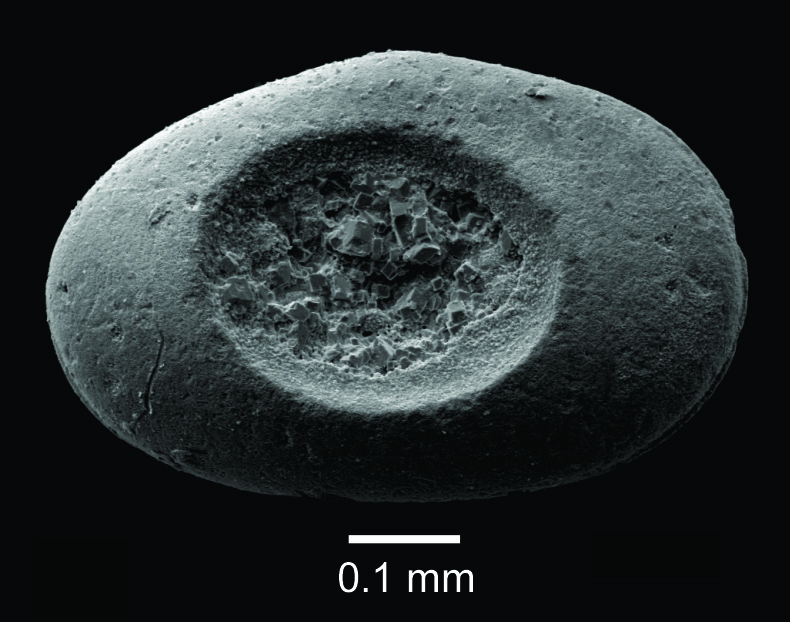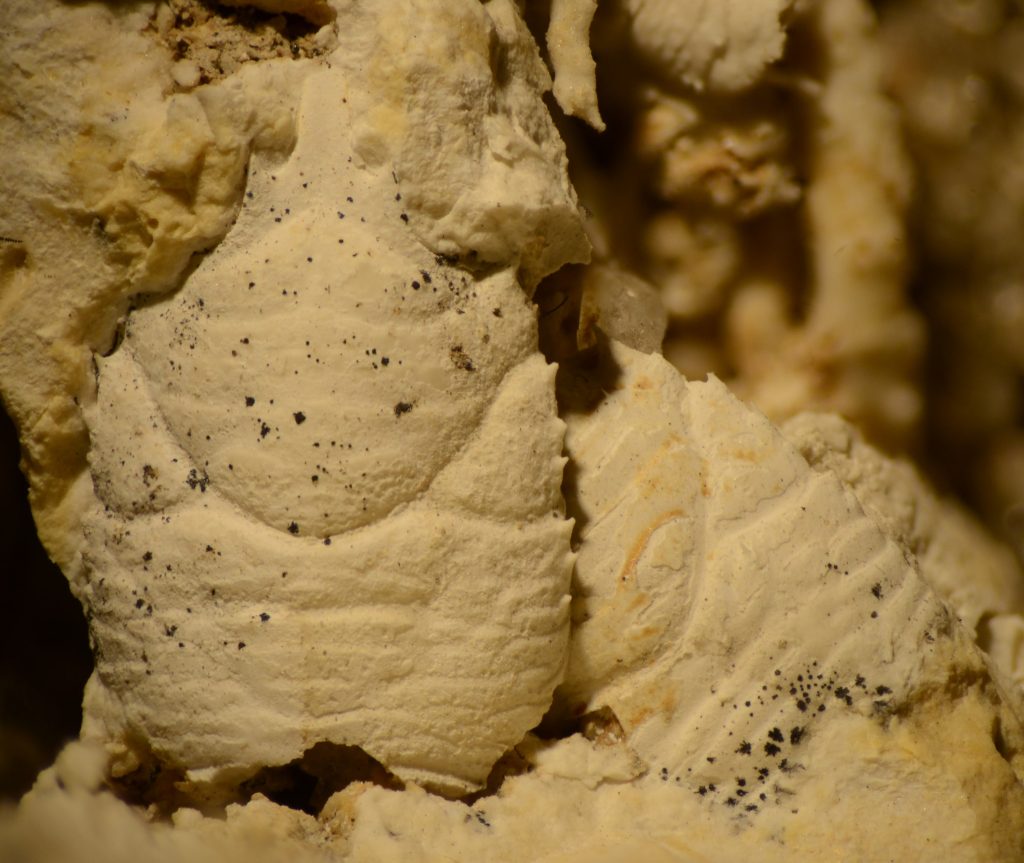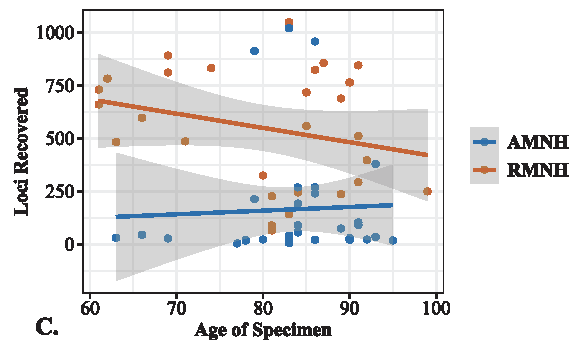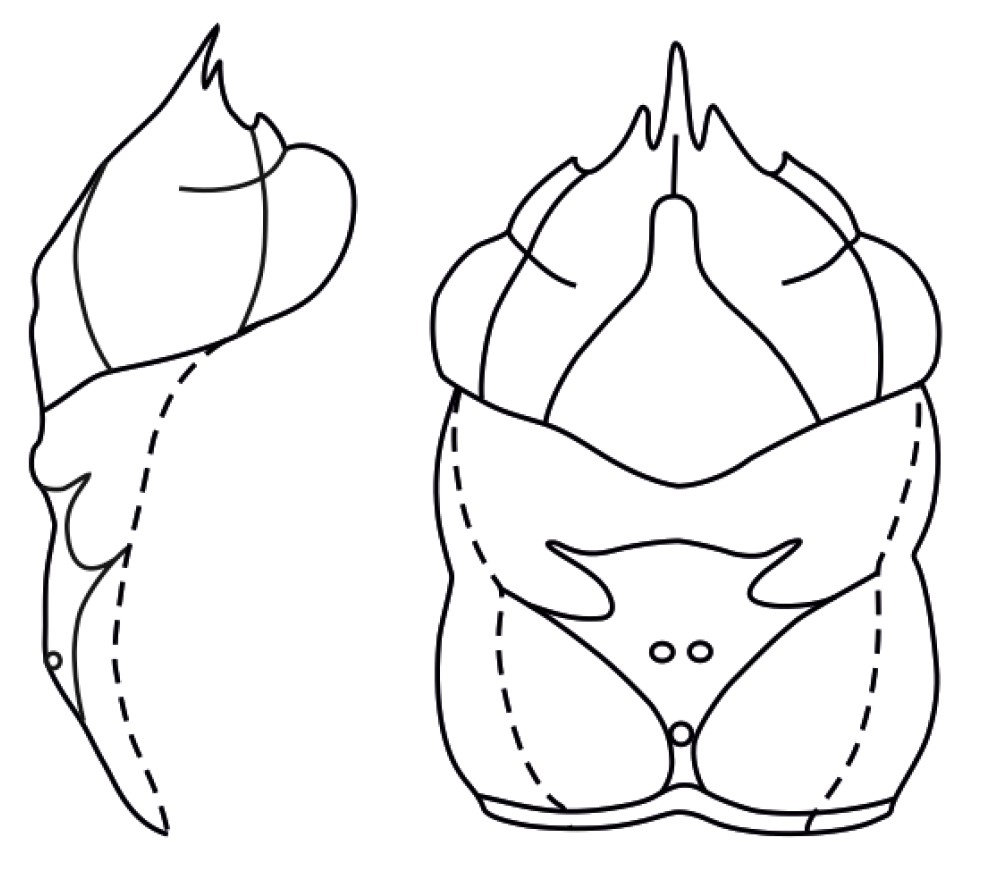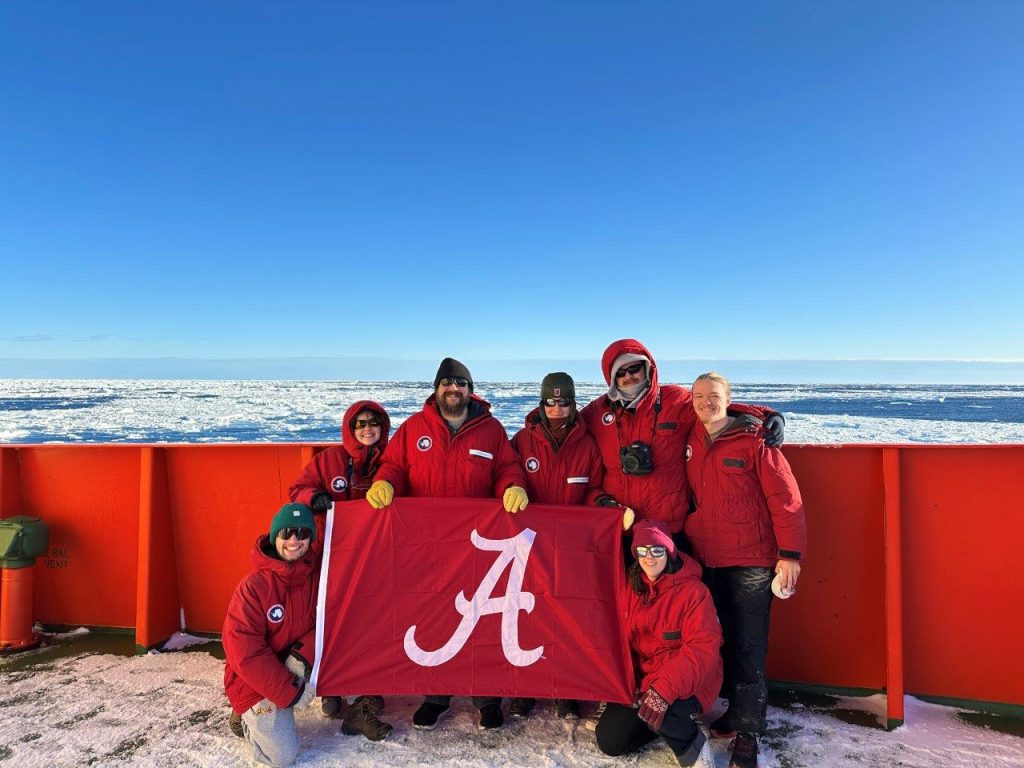Parasites are very common today and are an important part of terrestrial and marine ecosystems. They also have been found in the fossil record, but their small size and soft body make their preservation a rarity. Some parasites leave a trace indicating their presence on or within the host, even if the parasite itself is not preserved. One example are traces made by epicaridean isopod parasites in decapod crustacean hosts such as crabs, shrimps, and lobsters. These isopod parasites can […]
Read More from How well do parasitic traces preserve in decapod crustaceans?
